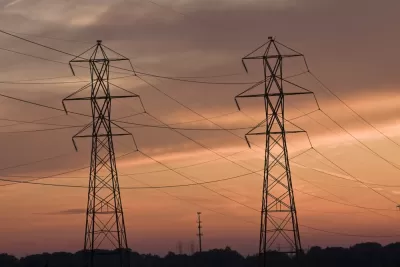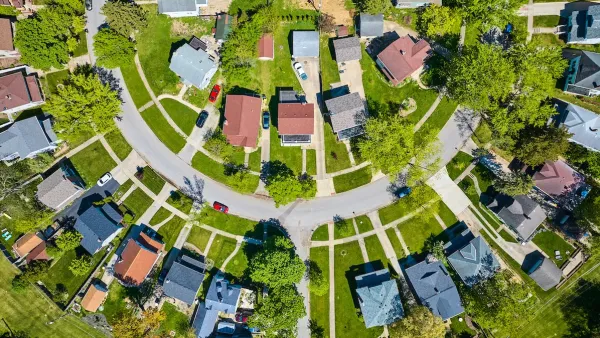Residents of Rust Belt cities might pay less for housing, but they pay a lot more for energy.

"Energy costs are an important factor to consider when choosing a home to buy or rent, yet they’re rarely included among statistics reflecting housing affordability," according to an article by Taylor Marr.
In an effort to reverse that neglect, Marr provides a list of the ten highest and lowest cities in terms of how much residents pay for energy relative to their housing costs. In some parts of the country, reports Marr, energy costs "can add more than 50 percent to annual housing costs…"
High energy costs are more common in the Rust Belt. The three metropolitan with the highest energy costs relative to their housing costs are Cleveland, Rochester, and Cincinnati. Meanwhile, the three metropolitan areas with the lowest energy costs relative to their housing costs are San Francisco, San Jose, and Orange County—all in California.
The high housing costs of California metropolitan areas obviously distort the comparison. Cleveland residents pay $3,500 a year in energy costs, while San Francisco residents pay $1,300 in annual energy costs, according to the data used for the article. Cleveland residents only pay $6,600 in annual housing costs, however, while San Francisco residents pay $58,000.
FULL STORY: The Inequality of Energy Costs: California Homeowners Get a Break

Planetizen Federal Action Tracker
A weekly monitor of how Trump’s orders and actions are impacting planners and planning in America.

San Francisco's School District Spent $105M To Build Affordable Housing for Teachers — And That's Just the Beginning
SFUSD joins a growing list of school districts using their land holdings to address housing affordability challenges faced by their own employees.

The Tiny, Adorable $7,000 Car Turning Japan Onto EVs
The single seat Mibot charges from a regular plug as quickly as an iPad, and is about half the price of an average EV.

Trump Approves Futuristic Automated Texas-Mexico Cargo Corridor
The project could remove tens of thousands of commercial trucks from roadways.

Austin's First Single Stair Apartment Building is Officially Underway
Eliminating the requirement for two staircases in multi-story residential buildings lets developers use smaller lots and more flexible designs to create denser housing.

Atlanta Bus System Redesign Will Nearly Triple Access
MARTA's Next Gen Bus Network will retool over 100 bus routes, expand frequent service.
Urban Design for Planners 1: Software Tools
This six-course series explores essential urban design concepts using open source software and equips planners with the tools they need to participate fully in the urban design process.
Planning for Universal Design
Learn the tools for implementing Universal Design in planning regulations.
Smith Gee Studio
City of Charlotte
City of Camden Redevelopment Agency
City of Astoria
Transportation Research & Education Center (TREC) at Portland State University
US High Speed Rail Association
City of Camden Redevelopment Agency
Municipality of Princeton (NJ)



























